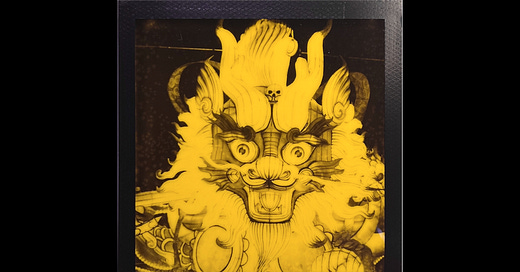This week, I find myself reflecting on mixtapes and photo albums — seemingly simple things that once played a crucial role in how we captured, shared, and understood the narrative of our lives.
Take the humble family photo album – yes, those old school and often ugly-on-the-outside binders filled with snapshots – each print clinging to sticky glue-striped paper and covered with crinkly sheets of cellophane.
We had a cabinet or chest filled with these treasures when I was growing up. Once a photo was placed in an album, it was there to stay, lest you risk destroying it by attempting to peel it from an album page. Except for the one or two albums where the glue had degraded and all the photos were ready to cascade out as soon as I opened the cover!
There weren't many pictures in those albums by today's standards – maybe a few hundred in total to …
Keep reading with a 7-day free trial
Subscribe to Do Good by Doing Better to keep reading this post and get 7 days of free access to the full post archives.




